Plac Wolności
Freedom Square
© Miejski Konserwator Zabytków
POL
near Poznań
Fetching images...
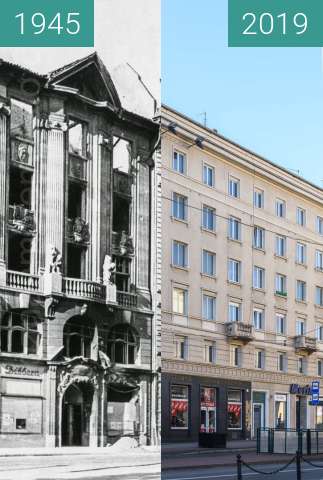
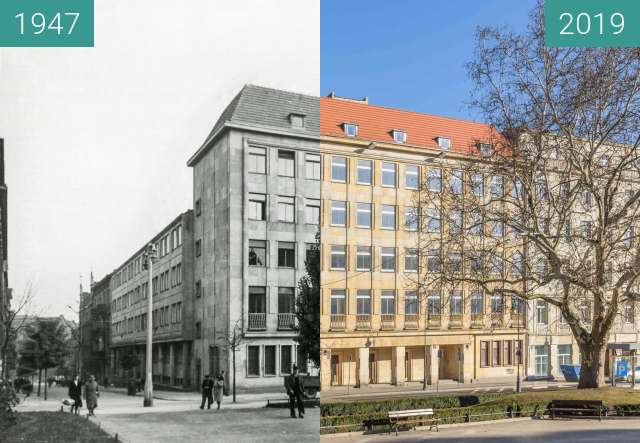
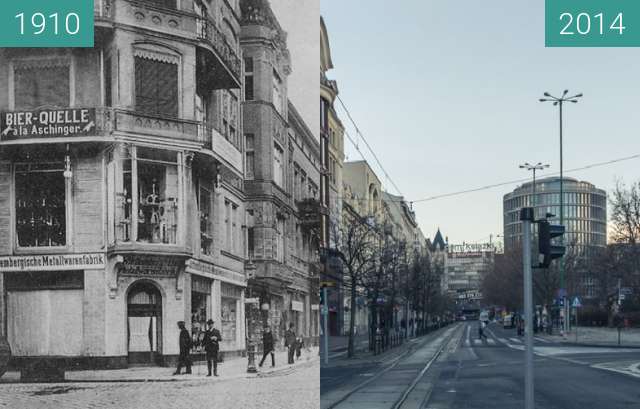
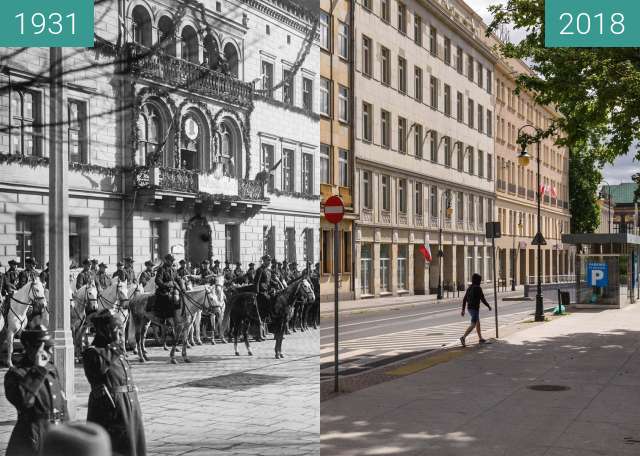
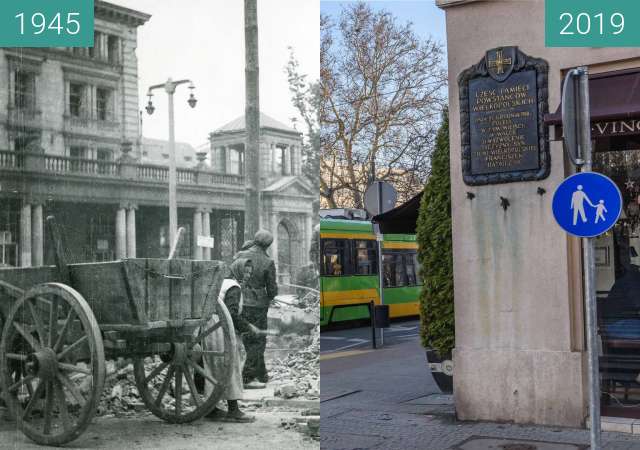
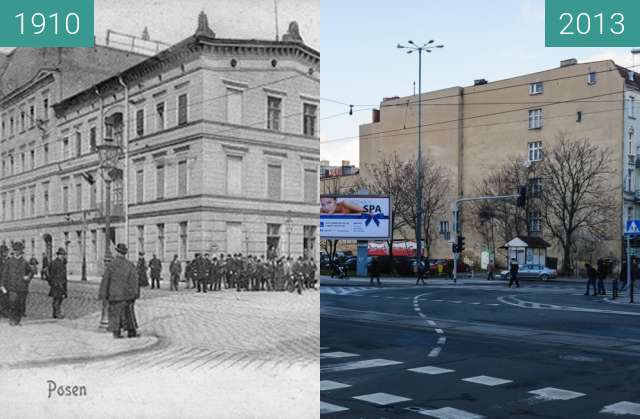
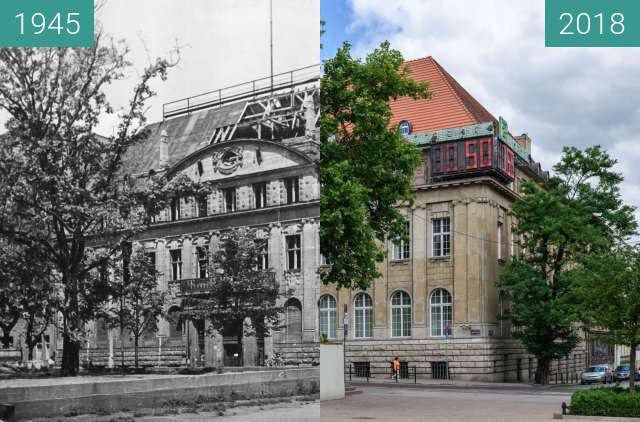
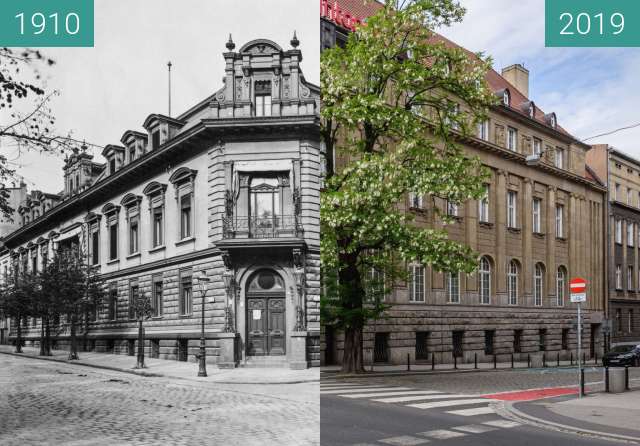
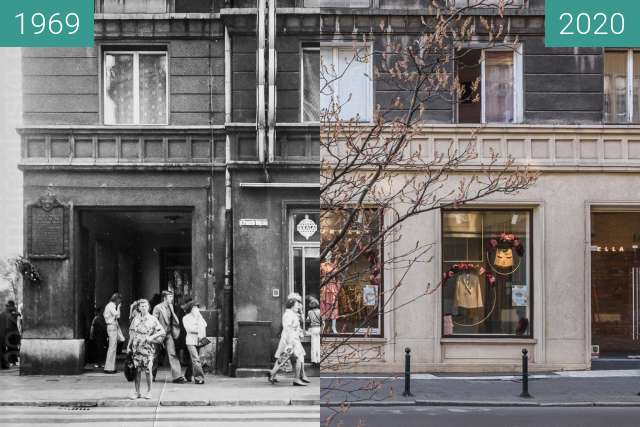

Arkadia – reprezentacyjny budynek w Poznaniu, zlokalizowany przy Placu Wolności.
Budynek, wzniesiony w latach 1802–1804 według projektu Davida Gilly'ego, pełnił pierwotnie rolę teatru miejskiego z salą na około 800 miejsc. Już od momentu swojego powstania był w tej roli przestarzały (brakowało m.in. ogrzewania), zatem niewielu widzów przychodziło na przedstawienia. Umożliwiło to wystawienie kilku sztuk w języku polskim (ostatnim polskim przedstawieniem w budynku był "Mazepa" Juliusza Słowackiego 17 maja 1874, później przedstawienia odbywały się w Teatrze Polskim).
Obecny gmach powstał w 1879 i do momentu wybudowania Opery w Poznaniu w 1913 odbywały się tu jedynie przedstawienia niemieckojęzyczne.
Gmach przebudowywano w 1896 i 1911. Do tego czasu gościli w nim m.in. Ferenc Liszt i Niccolò Paganini. Następnie budynek pełnił funkcję kawiarni. Przed Arkadią, od strony placu Wolności, stał do 1919 okazały pomnik nachodzki.
27 grudnia 1918 przed budynkiem Arkadii, podczas szturmu na zlokalizowane naprzeciw prezydium policji pruskiej, zginął pierwszy w Poznaniu powstaniec wielkopolski – Franciszek Ratajczak.
W latach 1927–1939 znajdowało się tu studio rozgłośni Polskiego Radia. Po drugiej wojnie budynek stał się siedzibą działalności handlowej i gastronomicznej. Pod koniec XX wieku istniało w nim kasyno gry. Od 1992 teatralne tradycje budynku podtrzymuje działający tu Teatr Ósmego Dnia. Na parterze budynku znajduje się główny salon Empiku, Centrum Informacji Kulturalnej, a na piętrze – Wydawnictwo Miejskie Posnania, Fundacja Świętego Benedykta i sale Szkoły Języków Obcych „Empik”.
Źródło: https://pl.wikipedia.org/wiki/Arkadia_w_Poznaniu
-----------
Pomnik nachodzki w Poznaniu (także: pomnik lwa, niem. Löwendenkmal, Kriegerdenkmal 1866) – nieistniejący monument, który zlokalizowany był w centrum Poznania na placu Wilhelmowskim (obecnie plac Wolności), w bezpośrednim sąsiedztwie Arkadii (tyłem do niej).
Projektantem pomnika był radca budowlany Cäsar Stenzel inspirowany figurą Lwa brunszwickiego z 1166. Monument przedstawiał lwa z grzywą, wspartego na lawecie armatniej, stojącego na wysokim cokole. Na narożach cokołu stały cztery postacie dowódców pruskich z bitwy pod Náchodem, które to wydarzenie pomnik upamiętniał, a w której poległo także wielu Polaków, walczących po obu stronach konfliktu. Lew celowo kroczył ku wschodowi, co nadawało pomnikowi określoną, ekspansywną wymowę.
Pomnik przestał istnieć, zrzucony spontanicznie z cokołu przez młodzież w nocy z 3 na 4 kwietnia 1919, podobnie jak inne niemieckie pomniki w mieście. Był to efekt manifestacji w obronie praw Polski do Gdańska i Pomorza Nadwiślańskiego. Wszystkie pomniki zgromadzono na Placu Wolności, a stąd przewieziono do składnicy złomu przy ul. Masztalarskiej, celem przetopienia na monumenty polskie. Obecnie w miejscu pomnika jest wmurowana pozioma płyta pamiątkowa w miejscu złożenia przysięgi przez powstańców wielkopolskich.
Źródło: https://pl.wikipedia.org/wiki/Pomnik_nachodzki_w_Poznaniu
Arkadia - a representative building in Poznań, located at Plac Wolności.
The building, erected in the years 1802–1804 according to the design of David Gilly, was originally a city theater with a hall for about 800 seats. From the very beginning it was outdated in this role (lack of heating, among others), so few viewers came to the performances. This enabled the staging of several plays in Polish (the last Polish performance in the building was "Mazepa" by Juliusz Słowacki on May 17, 1874, later the performances were held at the Polish Theater).
The current edifice was built in 1879 and until the construction of the Poznań Opera in 1913 only German-language performances took place here.
The building was rebuilt in 1896 and 1911. Until then, it hosted, among others Ferenc Liszt and Niccolò Paganini. Then the building served as a cafe. In front of Arkadia, from the side of Plac Wolności, stood until 1919 an impressive Nachod monument.
On December 27, 1918, in front of the Arkadia building, during the assault on the Prussian police located opposite the presidium, the first Wielkopolska insurgent - Franciszek Ratajczak - died in Poznań.
In the years 1927–1939 there was a studio of the Polish Radio. After the Second World War, the building became the seat of commercial and gastronomic activities. At the end of the 20th century there was a casino game in it. The Theater of the Eighth Day Theater has been supporting the building's tradition since 1992. On the ground floor of the building there is the Empik main salon, the Cultural Information Center, and on the first floor - the Posnania Publishing House, Saint Benedict Foundation and the rooms of the Empik Foreign Language School.
Source: https://pl.wikipedia.org/wiki/Arkadia_w_Poznaniu
-----------
Nachadski monument in Poznań (also: lion monument, German Löwendenkmal, Kriegerdenkmal 1866) - a nonexistent monument that was located in the center of Poznań on Wilhelmowski Square (now Plac Wolności), in the immediate vicinity of Arkadia (with its back to it).
The monument was designed by building advisor Cäsar Stenzel, inspired by the figure of the Brunswick Lion from 1166. The monument depicted a lion with a mane, supported on a gun carriage, standing on a high pedestal. At the corners of the pedestal stood four figures of Prussian commanders from the battle of Náchod, which the monument commemorated, and in which many Poles who fought on both sides of the conflict were also killed. The lion purposely walked east, which gave the monument a specific, expansive significance.
The monument ceased to exist, dropped spontaneously from the pedestal by the youth on the night of April 3 - 4, 1919, as did other German monuments in the city. It was the result of a demonstration in defense of Poland's rights to Gdańsk and Vistula Pomerania. All monuments were collected at Plac Wolności, and from there they were transported to the scrap yard at ul. Masztalarska, to be melted down to Polish monuments. At present, a horizontal memorial plaque is laid in the place of the monument in the place of the oath of the Greater Poland insurgents.
Source: https://pl.wikipedia.org/wiki/Pomnik_nachodzki_w_Poznaniu